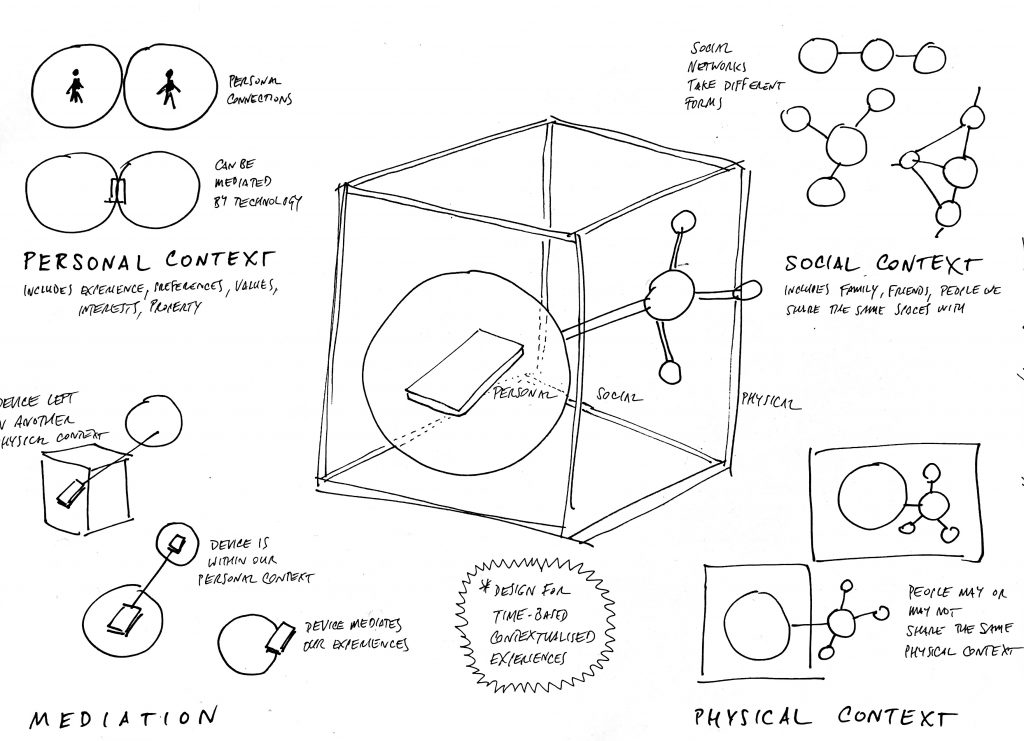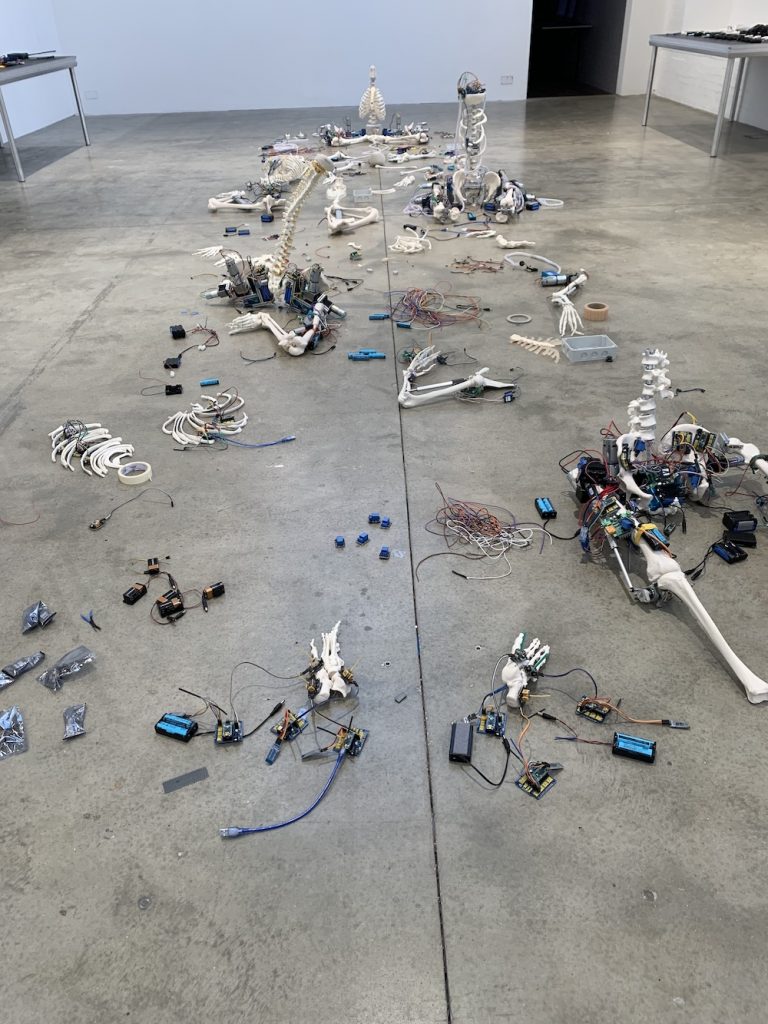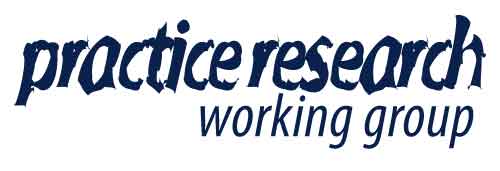Photo: graphic novel created for Riar Rizaldi: Mirage exhibition
We started with a basic definition of research: as defined by UK research councils: ‘A process of investigation leading to new insights, effectively shared’. Breaking this down: a process (as well as product) of research; investigation = methods; new insights – in the PhD, an original contribution to knowledge (not practice). New insights: for particular recipients/stakeholder groups/field(s); how do you differentiate yourself, how do you evidence the originality of your contribution? Then in the above defintion, sharing = documentation.
What makes practice research? It’s the rigour – having some systematic way of answering questions or exploring. It can be an intellectual rigour, it can be in the methods.
This session was given over mainly to PhD students talking about their own research. One pointed out that you may not want to take photos, of workshops or events for example. But funding requirements might mandate documentation. There are, of course, anonymisation techniques: blurring and blacking out faces is fraught, in my opinion; better to photograph hands and backs of heads. A photograph might serve as proof that something happened, but could also serve as advocacy for the funder, or to obtain further funding.

Diagram related to my own PhD research
Photos or video by others might serve as good documentation. A photo of Joseph Beuys running a workshop – an image that has sort of become iconic, taken by one of the participants. Transcripts also (obviously capture different knowledge). Diagrams, mind maps, collectively-edited documents, instructions and how they are enacted on various occasions, toolkits that become documentation/works themselves, eg Fluxus toolkits.
Mapping – for example institutional details that cannot be publicly shared. Practice books: creative/reflective writing. Sometimes the workshop space remains in the exhibition, sometimes with instructions for visitors to add/interact, sometimes just as static documentation, perhaps with diagrams or other artefacts from the workshop/performance.

Photo of Geumhyung Jeong’s exhibition Under Construction at ICA, London
Sometimes practices of documentation change during the course of the thesis – from more to less or vice versa.
‘Practice is messy, is my takeaway,’ one PhD student said.
How does a body of practice ‘stand alone’, particularly if it is documentation of practice that might have been ephemeral? How do theory and practice in the thesis inform each other?
We discussed the use of video: it can be placed on an external website (assuming consent and permissions) or an internal OneDrive site, and referenced in the written thesis. It helps to be selective, to keep examiners/viewers focused, as the thesis should be narrowly focused anyway.

